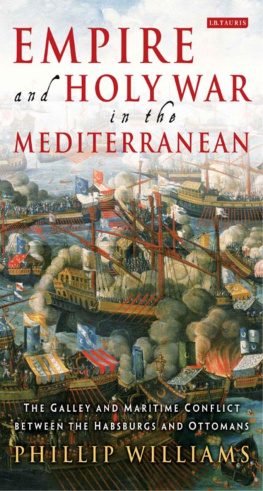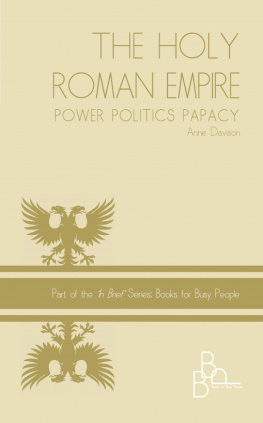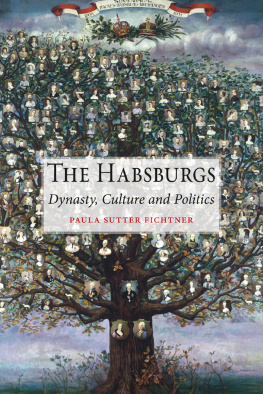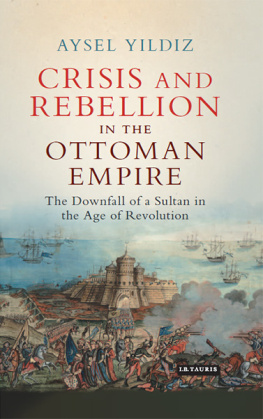Phillip Williams is a research fellow for the Spanish Commission for Military History. He has previously taught at the universities of Stirling, Bangor and Winchester and holds a DPhil from New College, Oxford.

Published in 2014 by I.B.Tauris & Co. Ltd
6 Salem Road, London W2 4BU
175 Fifth Avenue, New York NY 10010
www.ibtauris.com
Distributed in the United States and Canada Exclusively by Palgrave Macmillan
175 Fifth Avenue, New York NY 10010
Copyright 2014 Philip Williams
The right of Philip Williams to be identified as the author of this work has been asserted by the author in accordance with the Copyright, Designs and Patents Act 1988.
All rights reserved. Except for brief quotations in a review, this book, or any part thereof, may not be reproduced, stored in or introduced into a retrieval system, or transmitted, in any form or by any means, electronic, mechanical, photocopying, recording or otherwise, without the prior written permission of the publisher.
ISBN: 978 1 84885 985 2
eISBN: 978 0 85773 598 0
A full CIP record for this book is available from the British Library
A full CIP record is available from the Library of Congress
Library of Congress Catalog Card Number: available
Typeset by Data Standards Ltd, Frome, Somerset, BA11 2RY
Table of Contents
List of Illustrations
The Conquest of Tunis by Charles V, 1535. Etching on paper
after tapestries by Jan Cornelisz Vermeyen (dated 154650). Courtesy of the Trustees of the British Museum (Museum number: 1867,1012.404).
Barbarossa, King of Algiers and arch-pirate (Barbaroussa Rex Algerii insignis Pyrata). Engraving on paper by Jrme David (dated 161047). Courtesy of the Trustees of the British
Museum (Museum number: 1952,0405.176).
Lepanto. Print by Martin Rota (dated 1571). Courtesy of the Trustees of the British Museum (Museum number: 1872,0511.821).
A map of the citie and port of Tripoli in Barbary. Print (book-illustration by Wenceslaus Hollar, published by John Seller,
1675). Courtesy of the Trustees of the British Museum
(Museum number: 1868,0612.265).
The Conquest of Tunis and La Goleta by Charles V, 1535. Showing the arrival and disembarkation of the fleet near the
ruins of Carthage with the north-westerly winds in their sails. Etching on paper after tapestries by Jan Cornelisz Vermeyen
(dated 154650). Courtesy of the Trustees of the British
Museum (Museum number: 1867,1012.398).
The Serene Sebastiano Veniero, capitano general da mar or commander in-chief of the Venetian fleet in 1571, with
Lepanto in the background. Engraving (dated c.1610).
Courtesy of the Trustees of the British Museum (Museum number: 1868,0822.8552).
Preface
This book examines campaigns fought between the Ottoman Empire and the Spanish Monarchy in the Mediterranean in the sixteenth and early seventeenth centuries. The Ottoman Empire acted as the standard-bearer for Islam, while the Habsburg Spanish Monarchy stood as the defender of Catholic Christendom. The fighting took place in North Africa and on the coasts of Greece and Italy. Menorca suffered serious raids in 1535 and 1558. A salient characteristic of the conflict was the prominence of corsairs or privateers: these were state-sponsored pirates who sailed from Malta, Leghorn, Algiers, Tunis, Djerba and Tripoli to rob the shipping and trade of the other side. They were licensed to take slaves and to sell them on the markets that fed the demand for oarsmen, workers and domestic servants.
The intention of this study is to analyse both the great military campaigns and the phenomenon of piracy with an understanding of the characteristics of the ship deployed in the Mediterranean, the galley. This is undertaken in the belief that the great qualities and strengths of the oared warships have been almost entirely overlooked and that the movement of resources over the seas was vital to both empires. The Italian territories (the kingdoms of Naples and Sicily and the Duchy of Milan) were essential to the military, political and financial systems of the monarqua of Spain; the Arab lands played an equally important role in the economic and naval organisation of the sultans of Constantinople.
One of the keys to understanding both empires, therefore, is to interpret the ways by which the Habsburg kings of Spain and the Ottoman sultans justified their rule over peoples in foreign lands whose contribution to their respective empires was essential to their very existence. Scholars of the Ottomans refer to this process as that of legitimisation. There is general agreement that the sultans presented themselves as heirs to the rulers of early Islam the Caliphs, who (in various guises) governed a unified Islamic empire (the caliphate) from the time of the Prophet Mohammed (d.632) until 1258. This book presents a parallel argument for the Spanish Habsburgs: in order to rule over the fiefs in central Europe and Italy, Charles V (1516/1956) and his heirs pledged themselves to the Holy Roman Empire of Germany (for Milan, the Franche-Comt and the Low Countries) and to the Holy and Apostolic See of Rome (the Papacy) for the Kingdom of Naples. These fiefs were conferred during ceremonies of investiture in which the Habsburgs promised to rule according to certain conditions and limitations and with a number of obligations. The Apostolic See also claimed suzerainty or overlordship over a wide number of other territories in Europe (amongst them Sicily), North Africa, the Mediterranean and the New Worlds.
The Italian territories occupied a unique role as both the cause of wars and the means of fighting them. In the 1530s, 1540s and 1550s the vast majority of Ottoman campaigns at sea were designed to assist the Kings of France, Francis I (151547) and Henry II (154759), to seize or recover the fiefs in Italy (Naples, Sicily and Milan) to which they had extremely strong dynastic claims.
Empire and Holy War in the Mediterranean therefore examines two basic themes, the character and qualities of the Mediterranean war galley and the concessions and compromises which the Ottomans and Habsburgs of Spain made in order to legitimise or justify their rule in foreign territories. Both lines of argument might be summed up in the idea that any major military campaign or force in the early modern Mediterranean was profoundly international in nature and origin, as only by drawing resources from the numerous microecologies of the corrupting sea could sixteenth-century armies and navies be sustained. Consequently, empires or hegemonic states were dependent upon the peoples and resources of the periphery and so were drawn into the process of legitimisation mentioned above, with the peculiar outcome that those agents of proto-national modernity the Spanish Habsburgs and Ottoman Turks came to commit themselves to the international medieval programme of the Apostolic See of Rome and the template of the Abbasid caliphate respectively.
The book begins with a brief narrative of events in Italy and the major battles and campaigns. It then moves on to assess the Battle of Lepanto (1571) and the approach to it: the argument is that the engagement was characterised by extremely serious deficiencies in both fleets. The focus then moves onto the galley, its characteristics and requirements. It is argued that there was an enormous difference between strong galleys and weak ones, and the chapters then proceed to analyse how the fleets were configured, what results these configurations had upon the fighting and how a timetable of war shaped campaigns.








